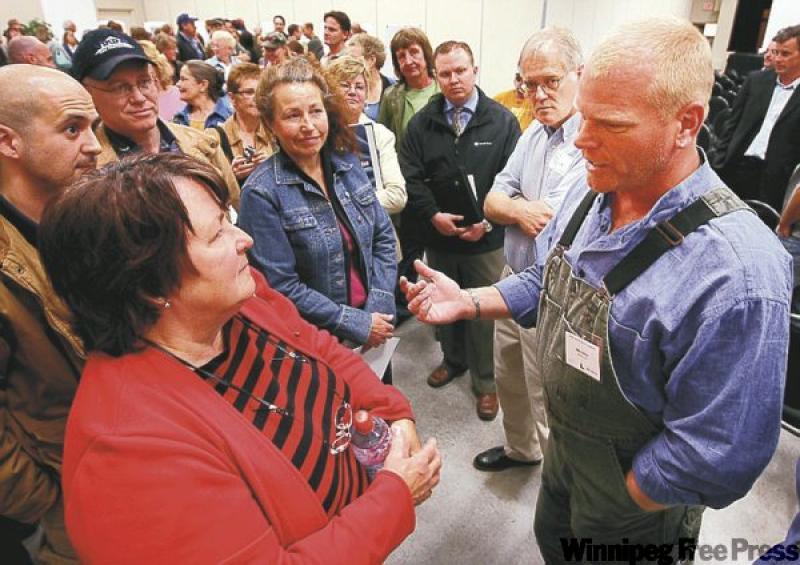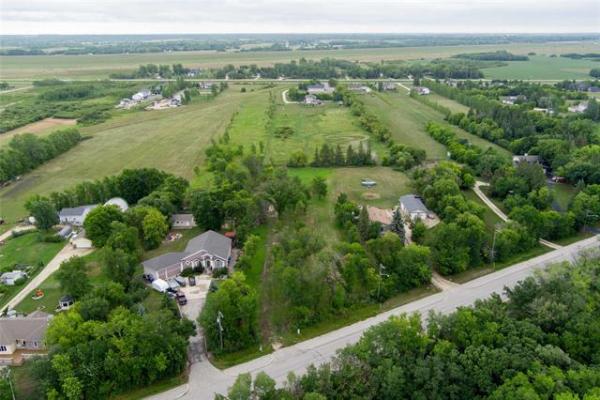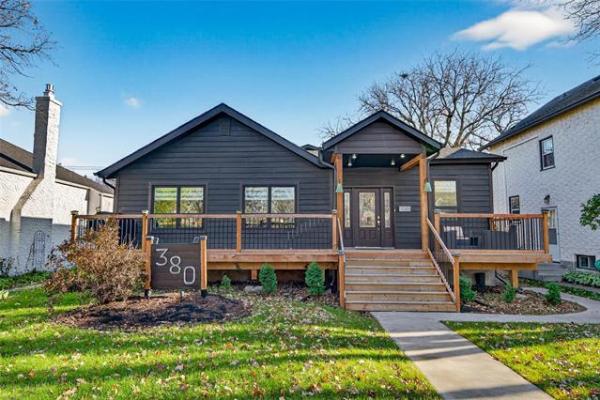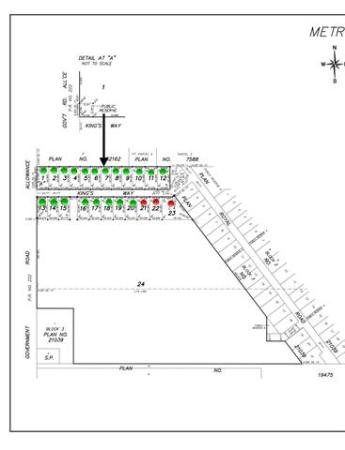"I'm sick and tired of six-foot fences and the homeowners not wanting to talk to each other," says the host of Holmes on Homes, the HGTV show that introduced the tell-it-like-is contractor to millions of viewers. "I want to bring life back to the old school, to neighbourhoods that you can walk around, where the people are happy to talk to each other -- just better living."
It sounds impossibly perfect, but it gets better.
"We can build a home that's fireproof, that's mould-proof, that's energy-efficient and environmentally friendly," he says, adding the technology exists to do exactly that -- for a premium of about 15 per cent over a conventional house's cost. "And that extra cost is nowhere near close to the payback that you'll get in terms of health and the environment."
Holmes has been talking about this for years -- about the right way to build, and choosing the least toxic and most sustainable products -- hoping that someone would start making wholesale changes to the way we build our homes.
Well, he's tired of waiting, and the result is a quarter-section of land immediately south of Okotoks, Alta., near Calgary, where he wants to build the first Holmes Homes.
The designs aren't finalized, but he's thinking bungalows with flat roofs that will offer living and growing space. Stacked apartments, single- and multi-family dwellings and those that combine retail or work and living space are all under discussion.
Inside the homes, solar thermal technology will preheat hot water, while rainwater will flush toilets, wash laundry and water plants.
The Holmes on Homes "Lien on Me" special this season highlighted the large project that helped formulate the designs. But that took two years.
Holmes isn't taking so long with the community he's proposing: The first homes could be available in spring 2009, and he's sticking to three sizes, from 1,450 to 2,000 square feet, to focus on better rather than bigger homes.
"All we have to do is go back to simple technology. If we were to build with simple cinder blocks and slab floors and ceilings, you're reducing structural costs and you could take the money you're saving and put it towards the greener features," he explains.
So now I'm skeptical: I lived in a cinder block house in the Mediterranean for almost two years, and although I loved the rooftop solar thermal technology, that house ran hot and cold with the outside temperature.
Holmes just smiles. "The cinder block that I'm using has an R-value of 20 and I will increase it . . . and then add thermal break technology over a thermal barrier," he says.
"Everything about this is more than minimum code. I'd like to call it maximum code. I believe in building things once -- that's longevity."
Even the homeowner's life cycle has been considered. "You should be able to be born and die in the same house," he explains. "Every single door should be a minimum 36 inches wide and it should be an open concept, so that you can get around in a wheelchair if you need to."
While the Holmes Group is designing the green homes, it's working in partnership with T-Six Urbanists Inc., Oko Properties Ltd. and acting design consultants Baird Sampson Neuert to develop the community.
So, why Okotoks? "It's just the perfect area -- they're already in the right thought processes. I love Calgary, I love the southern area of the foothills -- I thought it was the perfect launch for what I want to do, to show that this community can be put anywhere," he says, adding that it's critical to involve the community in the planning.
To help with that process and with the community design, Calgary-based T-Six recently held a weeklong, open-to-the-public series of charettes, or design meetings.
T-Six principal and urban designer Geoff Dyer says that they started the week with a blank slate (even the final number of houses isn't yet set), explaining the vision and giving people a chance to voice concerns and ask questions, and then drawing in the plan.
"We believe that sustainable urbanism has three main components -- high performance infrastructure (such as water, sewage and roads), walkable neighbourhoods and green buildings," Dyer says. "If you look at how they've been building for centuries in places like Italy, we know this can be done. At this point in Canada, we need to start thinking in those 1,000-year increments."
For more information and to add your input, visit holmesonhomes.com.
-- Canwest News Service




